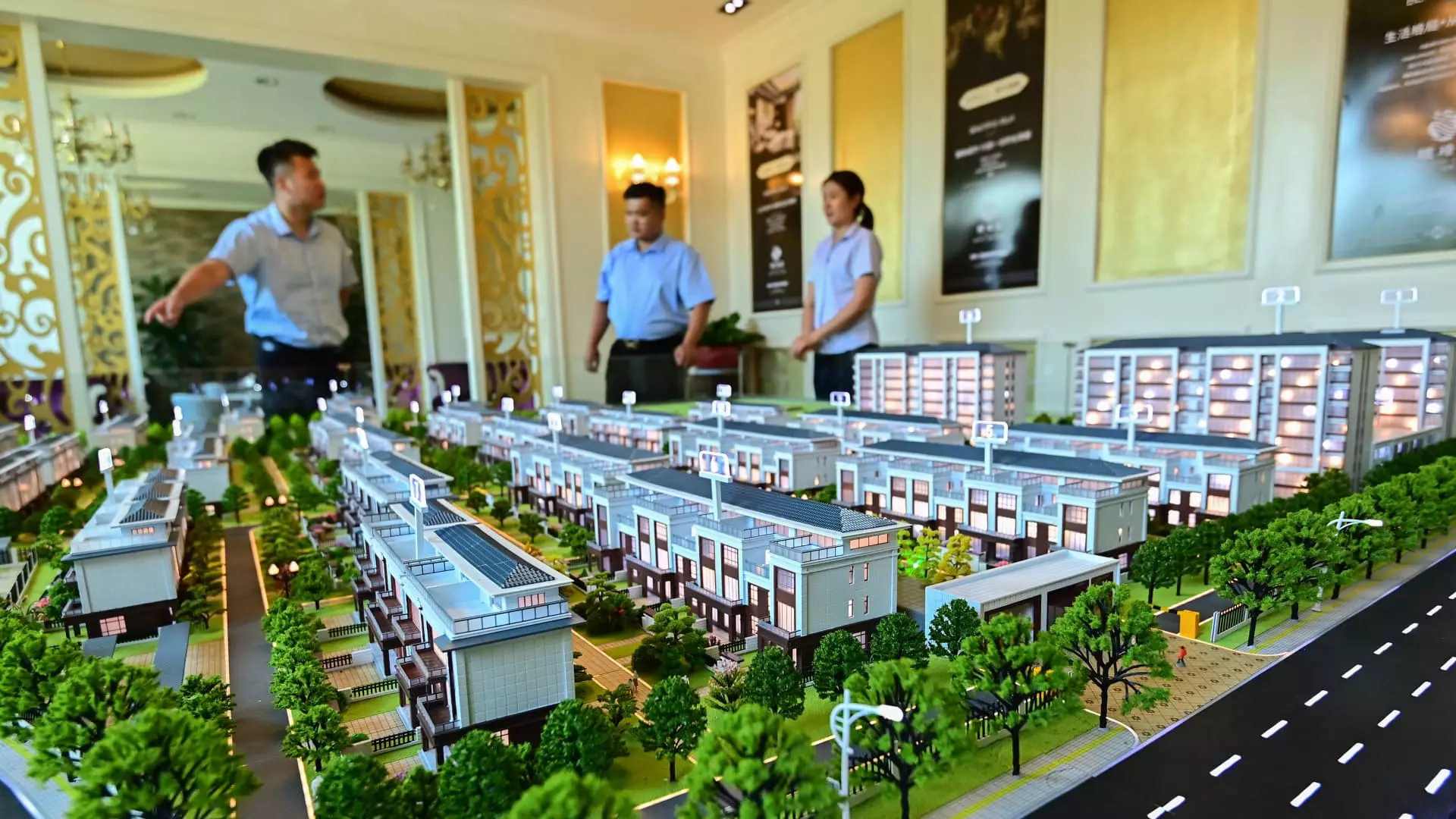China’s real estate sector stands on the precipice of disaster, teetering under the weight of years of economic mismanagement and demographic decline. With an estimated demand for new homes projected to stagnate below 5 million units annually—a staggering 75% drop from the peak of 20 million in 2017—it’s evident that government policies and societal trends are failing to combat this looming crisis. Goldman Sachs’ recent projections unmask a demographic crisis that paints a bleak picture for the future housing market, suggesting that not only is the real estate sector stagnating, but it is on a path to irreversible decline.
The hard-hitting reality is that rather than fostering a population boom, China’s relaxation of its one-child policy has yielded little return. As aging demographics and declining birth rates converge, the years ahead will surely witness a diminishing demand for housing. World Bank data estimates a population decrease from 1.41 billion to under 1.39 billion by 2035. This inflection point of declining population could diminish housing demand by 0.5 million units annually throughout the 2020s and a staggering 1.4 million units in the 2030s, contributing to a stark contrast from the 1.5 million annual increase seen during the booming 2010s.
Socioeconomic Factors Igniting the Crisis
What lies beneath this statistical catastrophe? Key socioeconomic factors come into play, shaping young people’s decisions to defer family planning and childbearing. Stagnant incomes, rampant job instability, and an inadequate social security system have combined to dissuade young couples from having more children despite government incentives. Beijing’s attempts to introduce cash rewards for childbirth are akin to an insufficient band-aid on a gaping economic wound. The underlying economic landscape remains inhospitable to family growth, compelling young adults to prioritize career over family life, thus exacerbating the population decline.
The sentiment among couples is palpable, with many embracing an ethos of individuality that now supersedes traditional views on family. As a mother of a primary school-aged child noted in an interview, housing prices have plummeted, prompting disillusionment in the value of buying property near quality schools. Her experience is far from isolated; official data reveals an alarming closure of nearly 36,000 kindergartens in the past two years and a drop of over 10 million in preschool enrollments. The implications extend far beyond personal anecdotes; the educational ecosystem represents a critical element of community and, by extension, property values.
Impact on Housing Markets and Education
This decline in student enrollments ripples through adjacent housing markets, erasing previously inflated prices that banked on strong demand for quality education. The once-coveted premium for homes located near elite school districts is crumbling, as local governments retreat from district-based enrollment policies, further eroding values. This is especially concerning as families increasingly see home purchases as a hedge not only against inflation but also as means to ensure access to quality education for their children. The story of diminished birth rates and stagnant economic growth is fostering a climate of uncertainty in real estate.
Home sellers, sensing the shift, are increasingly becoming net sellers forced to offload properties to owner-occupiers under the expectation of continued price declines. This distressing trend is exacerbated by reality: the newly constructed homes in urban spaces seem more like burdens than assets, leading to a downward spiral for property owners. Additionally, new home sales across major cities fell by 11% year-on-year, further indicating a refusal of the market to stabilize despite government interventions.
Urbanization: A Double-Edged Sword
While some experts argue that continued urbanization may mitigate the demographic drag on housing demand—potentially offsetting some declines through housing upgrades—the long-term trajectory of China’s real estate sector remains perilous. Urbanization has seen lower growth rates recently, and its expected positive contributions to housing demand appear tenuous at best. Without transformative policy measures addressing the root causes of declining birth rates and an economic environment conducive to family growth, urbanization may soon turn from a solution into part of the problem.
In this increasingly dismal landscape, we find ourselves facing the harsh truth that China’s real estate market may not only be grappling with cyclical challenges but could very well be witnessing the birth pangs of a structural crisis. As the government imposes half-hearted measures to revamp the economy, it becomes evident that comprehensive reform of the social contract—especially regarding work-life balance, child-rearing, and educational infrastructure—is paramount if the nation hopes to avert an impending catastrophe.



Leave a Reply